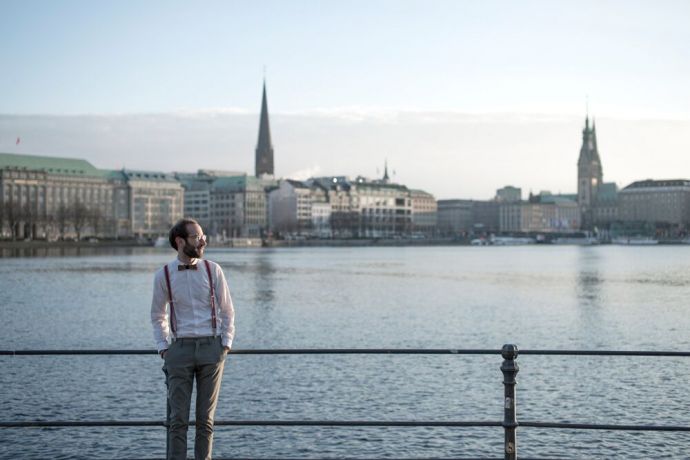Sustainable development in metropolises
Maybe you live in a big city too. The chance is at least not low. Have you noticed that more and more people are choosing to give up living in their small home village and look for an exciting everyday life in a city? So, it is not surprising that by 2030 about two-third of the world's population will live in big cities. However, this development of population represents a major challenge for the urban planning. In recent decades, environmental awareness has risen massively. More and more people want to protect the nature and promote sustainability in the use of raw materials. But how can this be done with the increasing population and the associated greater consumption?
The sustainable urban development seeks to fill these gaps and tires to protect the environment, despite the many inhabitants, as best as possible.

Standards for a sustainable development
The immigration as well as the aging of buildings increasingly leads to a larger number of construction projects within the cities. These urban development projects require many resources and are often very bad for the environment: vacant areas are more and more occupied. Finding a balance between the fast-developing cities and sustainability is therefore difficult.
Nevertheless, there are strategies and opportunities for metropolis to burden the environment as little as possible:
Especially recycling has become more important lately. Products are reused in many countries, plastic is renewed, and environmental pollution on roads and rivers is counteracted by returnable bottles and the introduction of paid plastic bags. Also, the sewage is continuously recycled and reused, empty buildings are revived, new green spaces are developed and energy and renewable sources or waste are locally gained.
All these factors are extremely important for the evaluation of a sustainable city. But there are also social factors such as the GDP or the level of education.

Further changes to protect the environment
Apart from the evaluation criteria mentioned above, such as the recycling rate, water quality, or number of renewables, there are more opportunities, especially in the social sector, to promote sustainability.
Meanwhile, the aim in many countries is to reduce motorized traffic, which pollutes the environment with its fumes, and to support alternative means of transportation. The expansion of bicycle lanes and the introduction of constraints on drivers within the city aim to motivate citizens to use their bicycle more frequently for short distances within the city in a relatively inconspicuous manner. But even electric cars are increasingly promoted by the state. To do something for the climate, more cities but also their inhabitants stand up for more green areas. This helps the environment to recover.
However, in order to achieve these goals, a cooperation between the city and its inhabitants is necessary. If the inhabitants are not ready for changes, they will not cooperate with reforms and alterations. An example are organic products which burden the environment much less than conventional consumer goods. Still, not all are willing to spend more on their food and prefer discounters.


